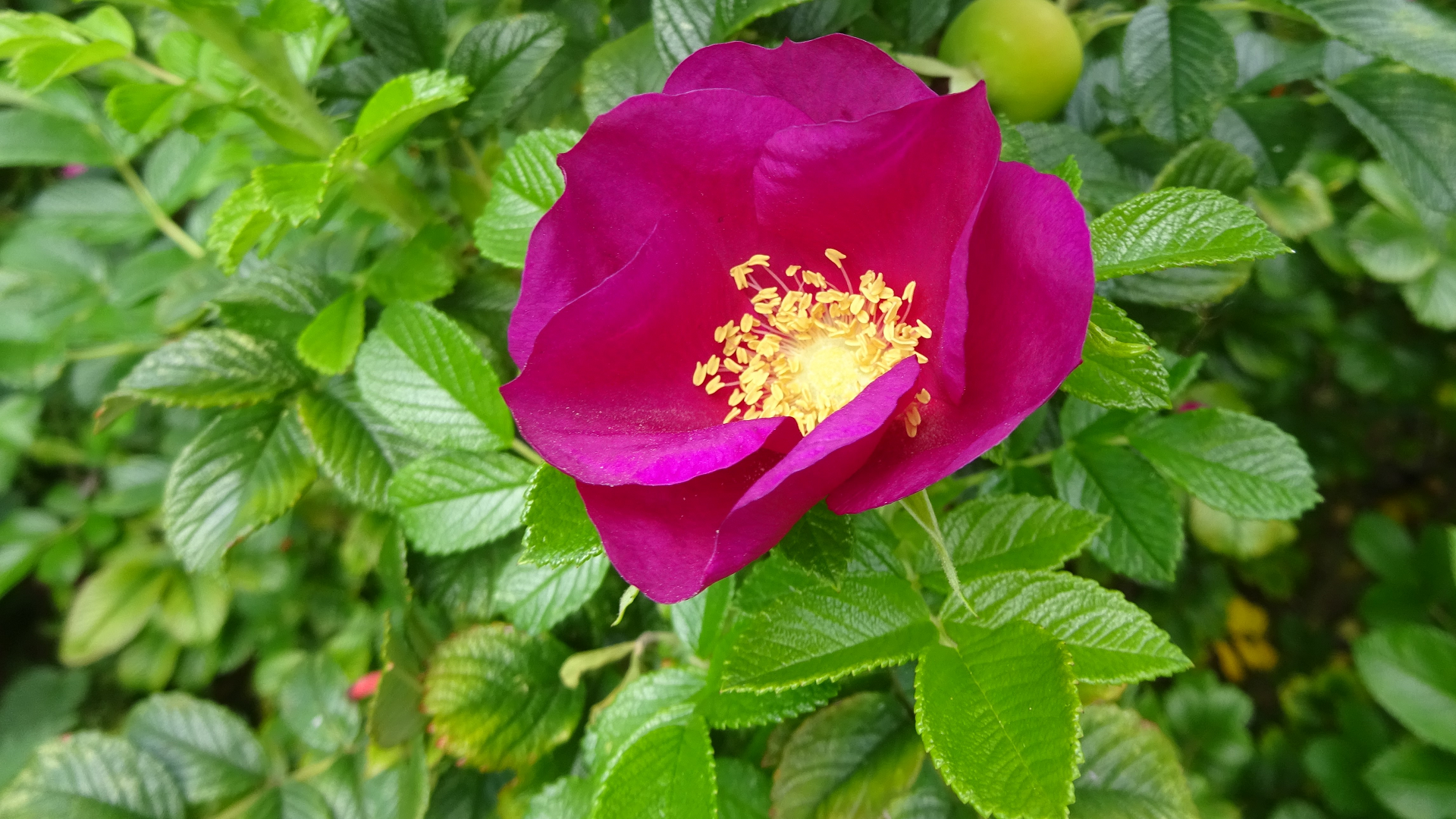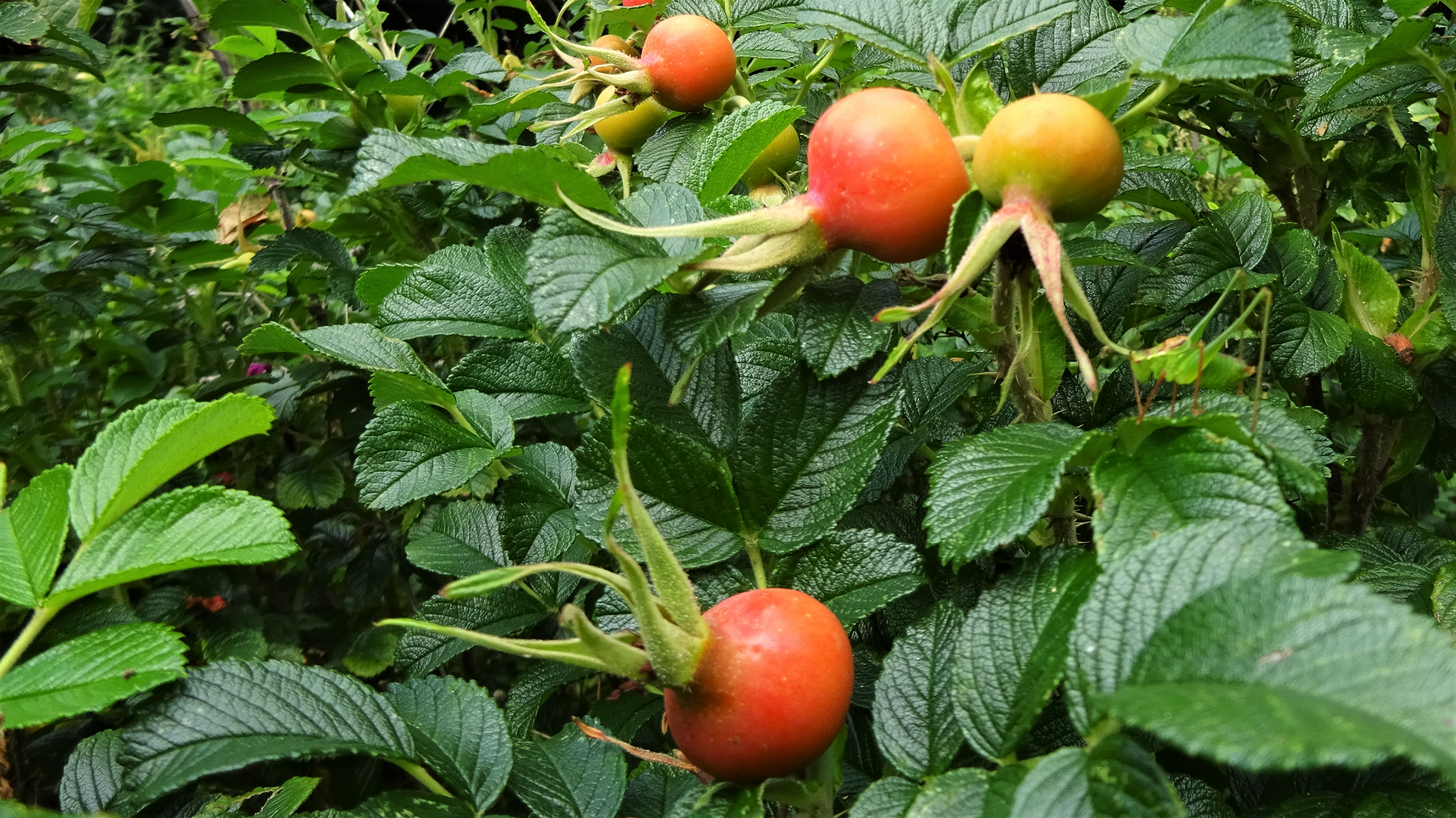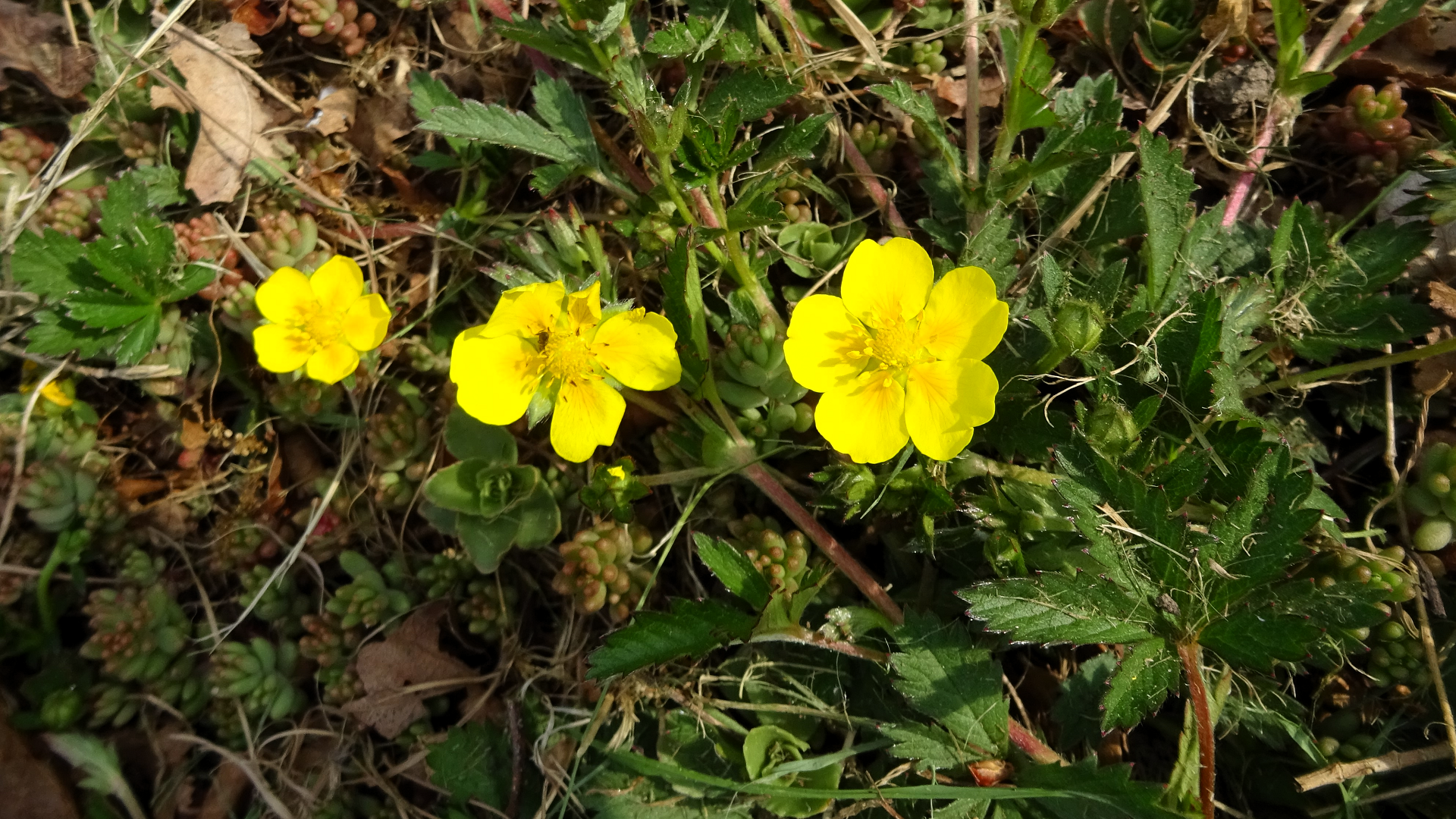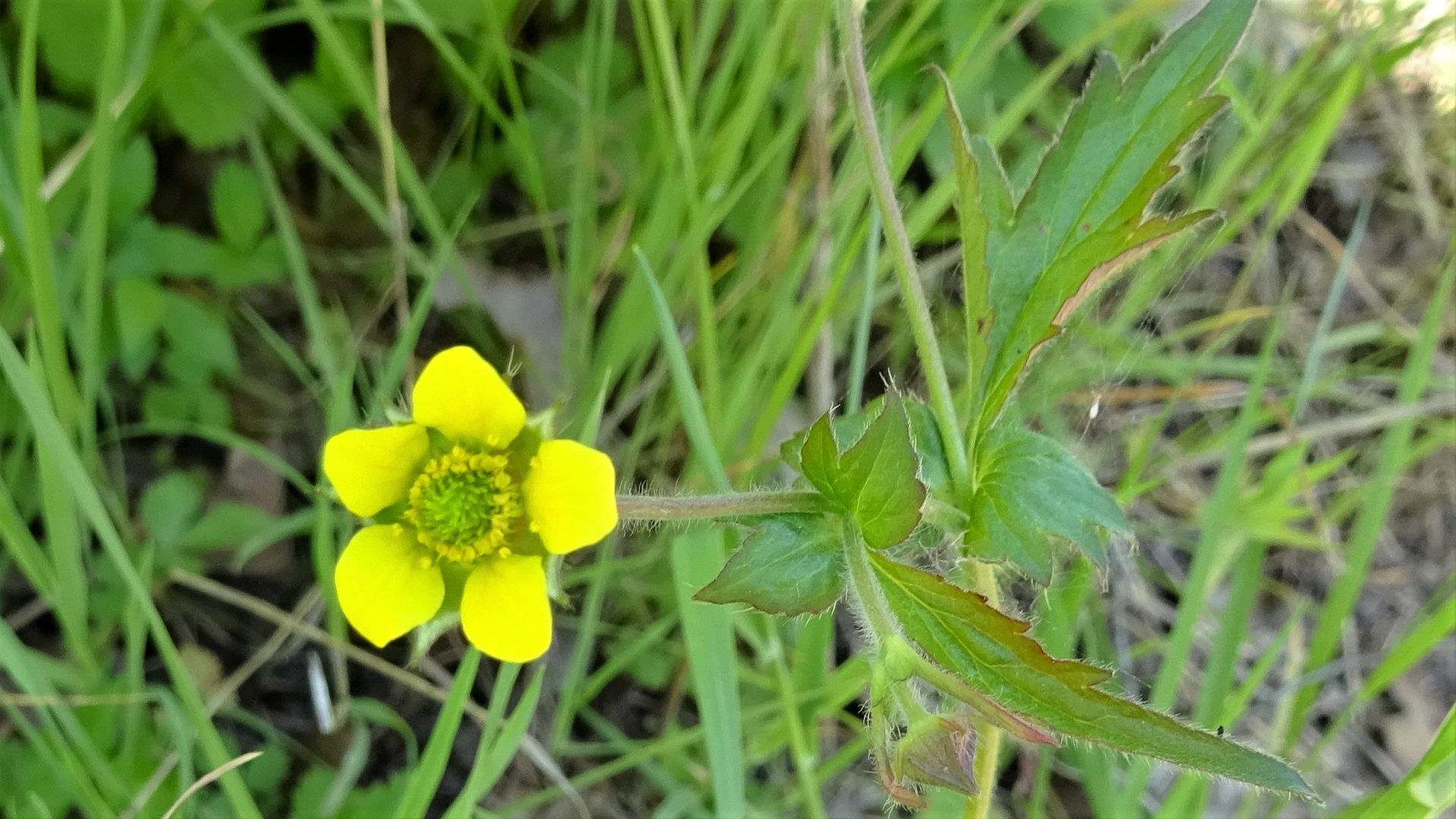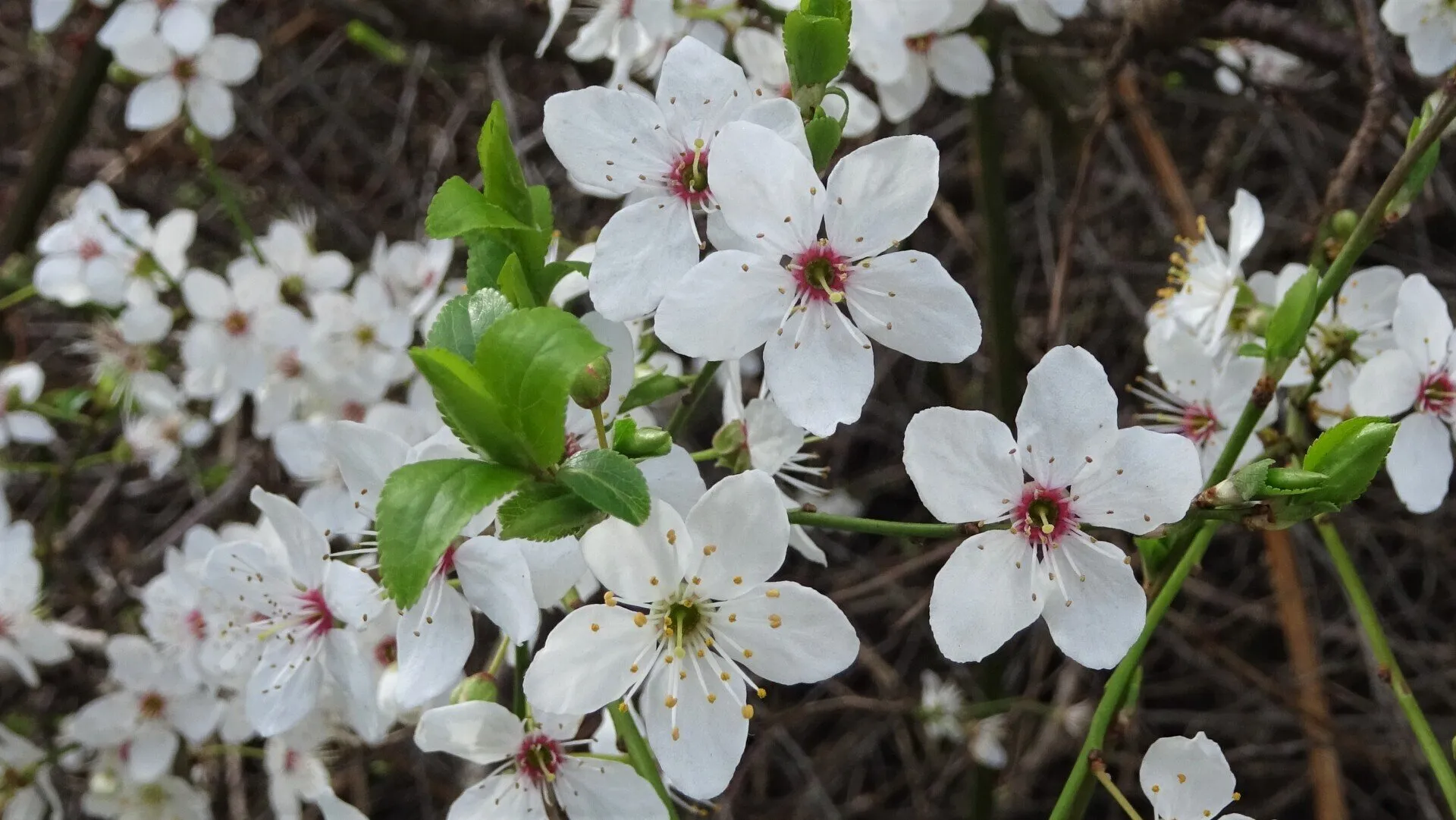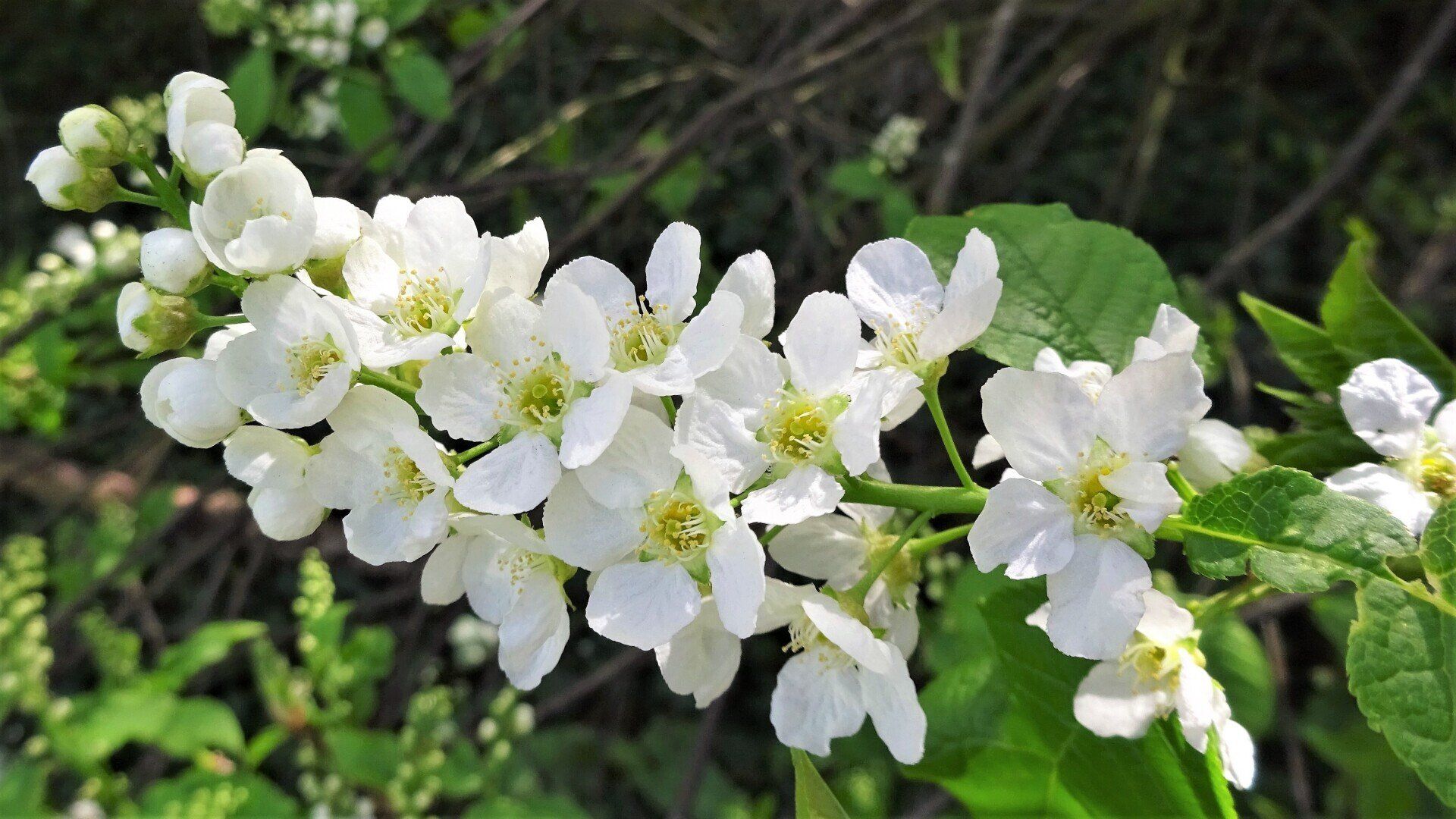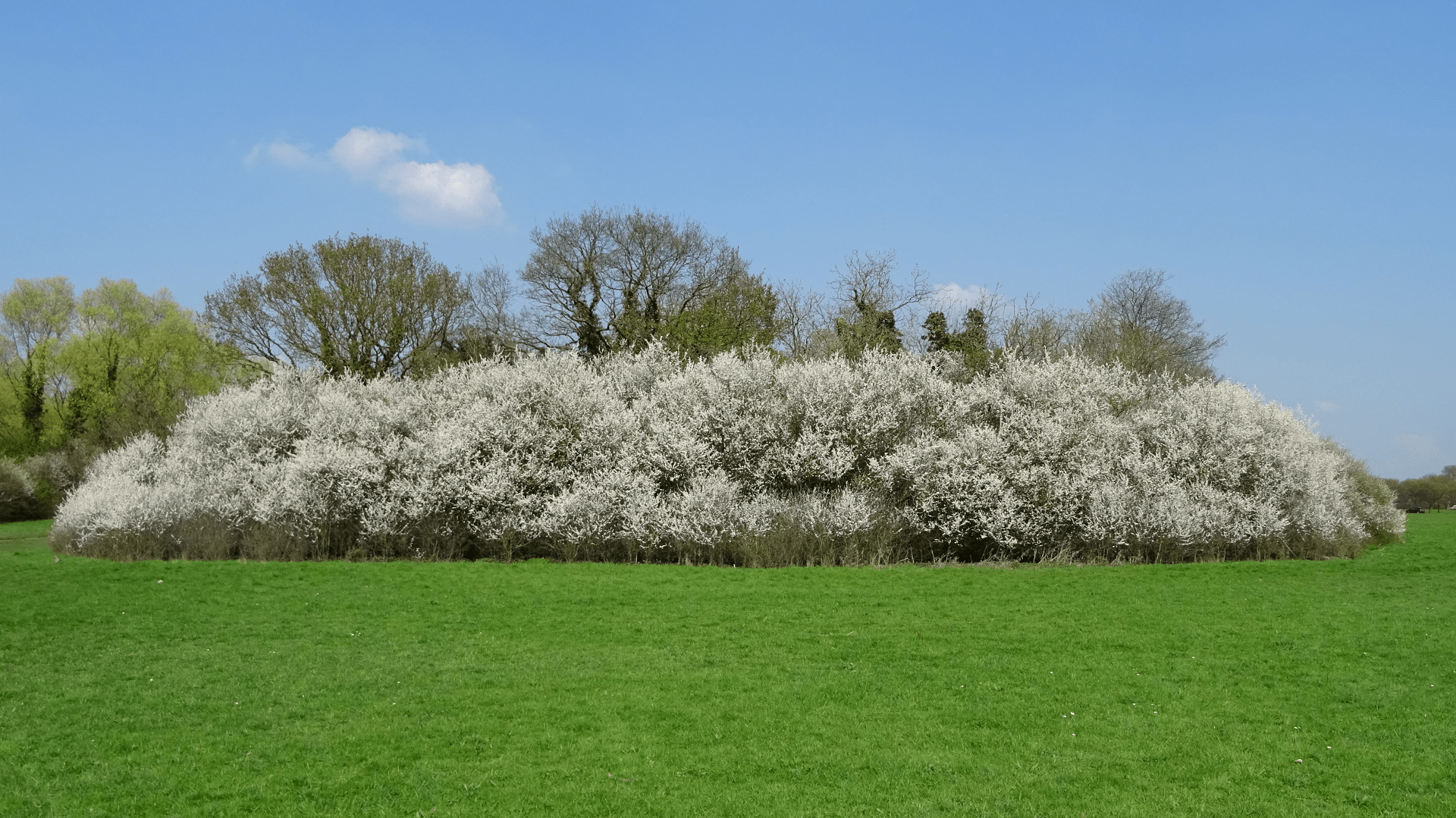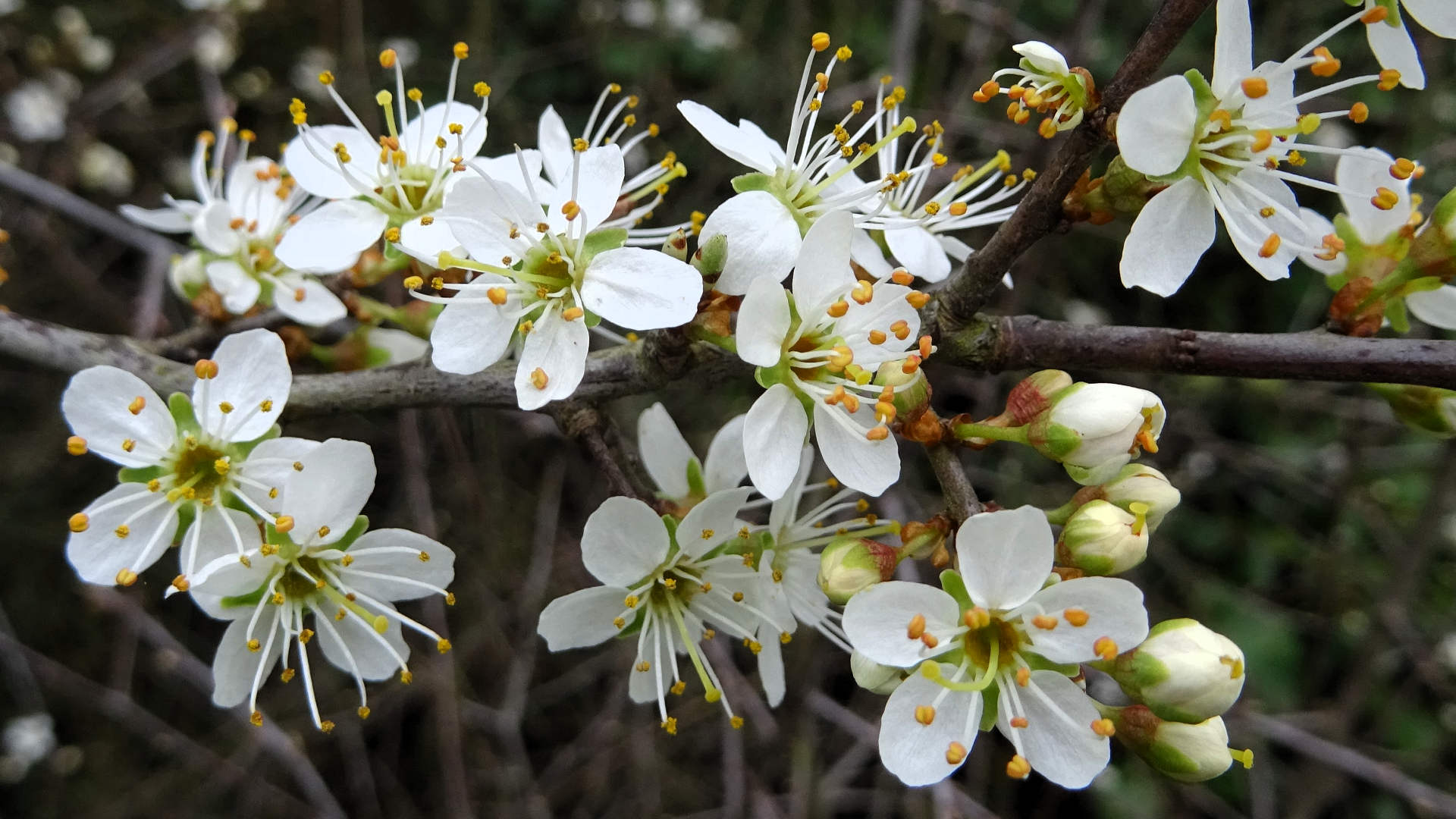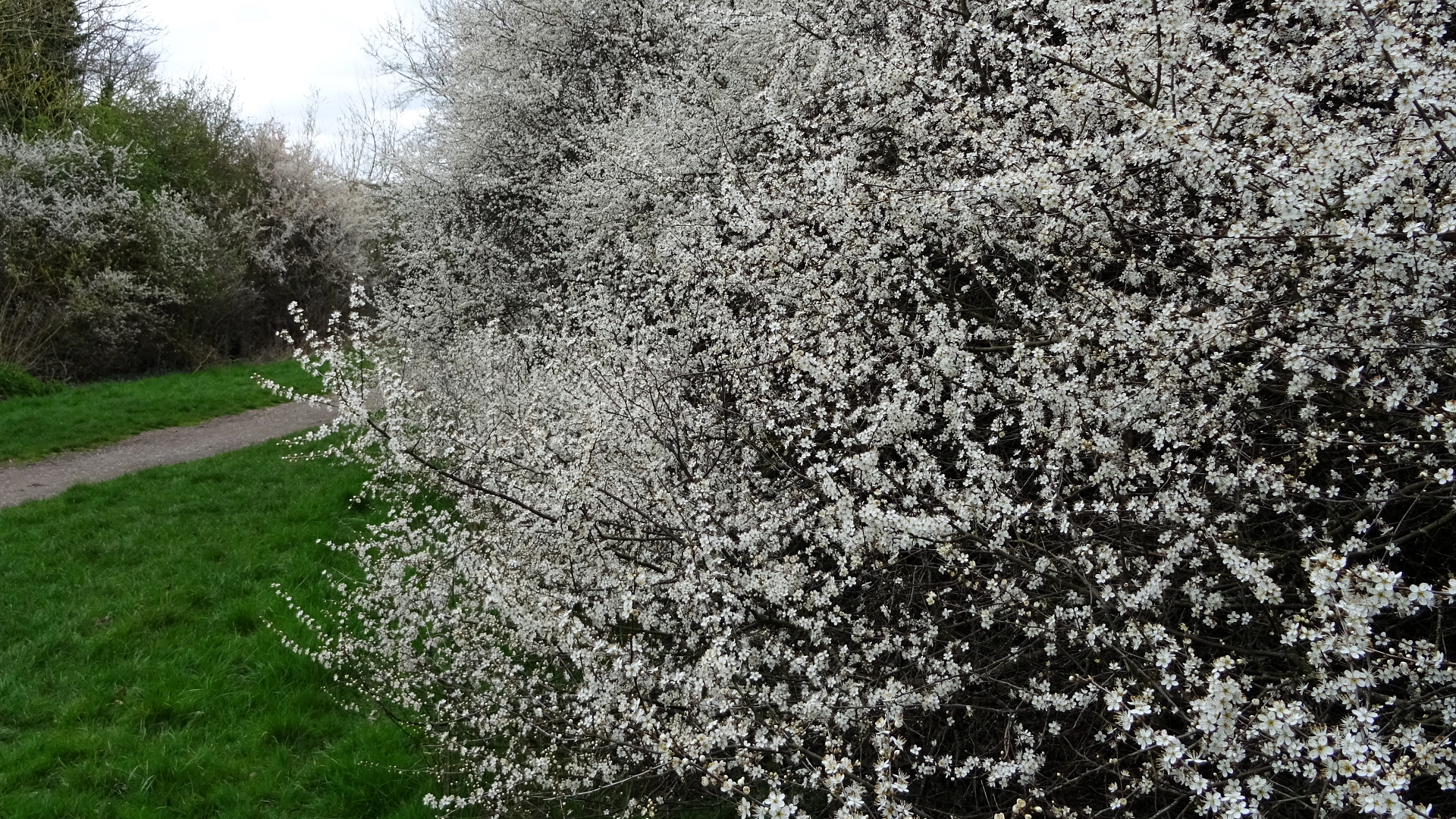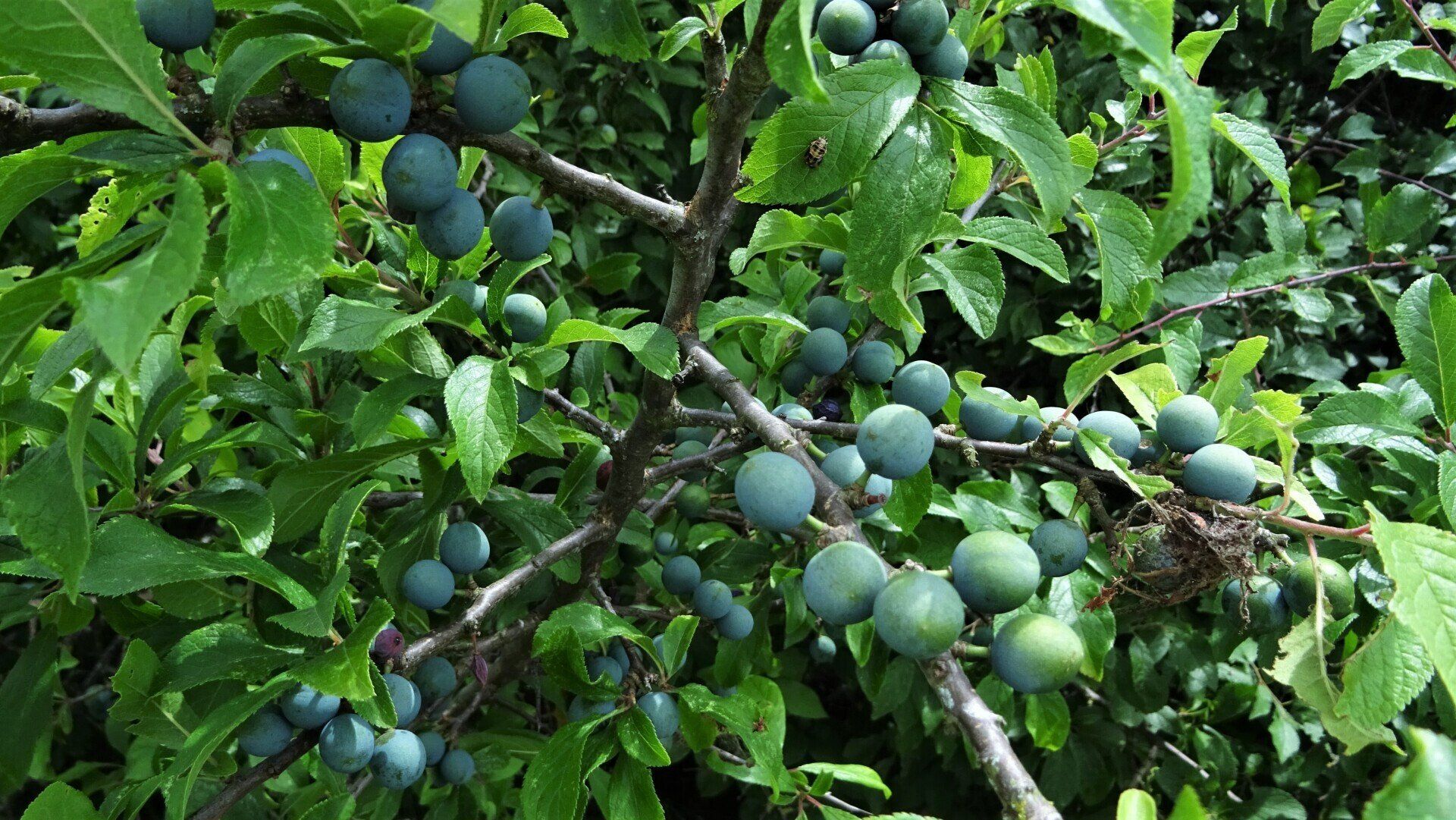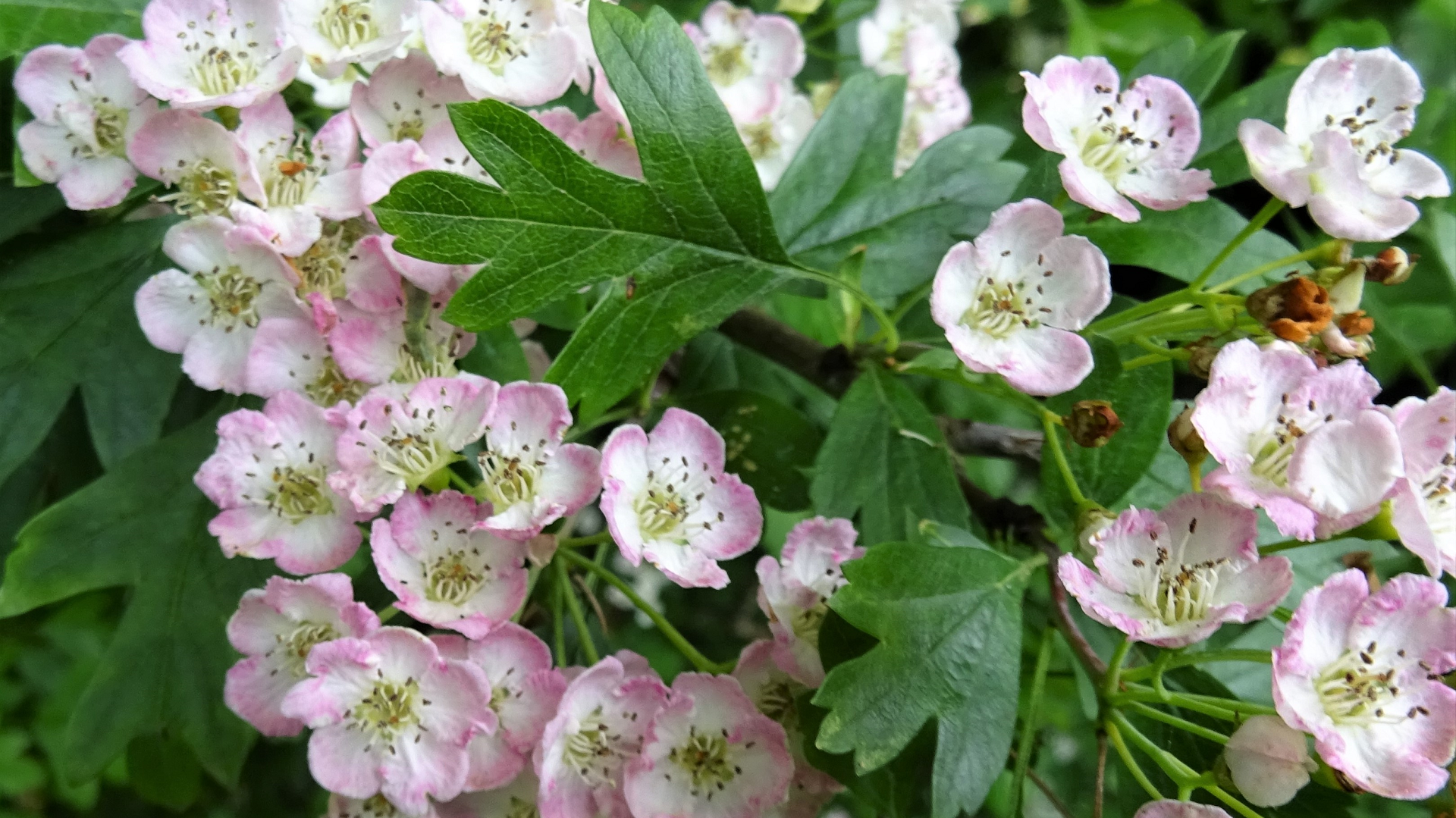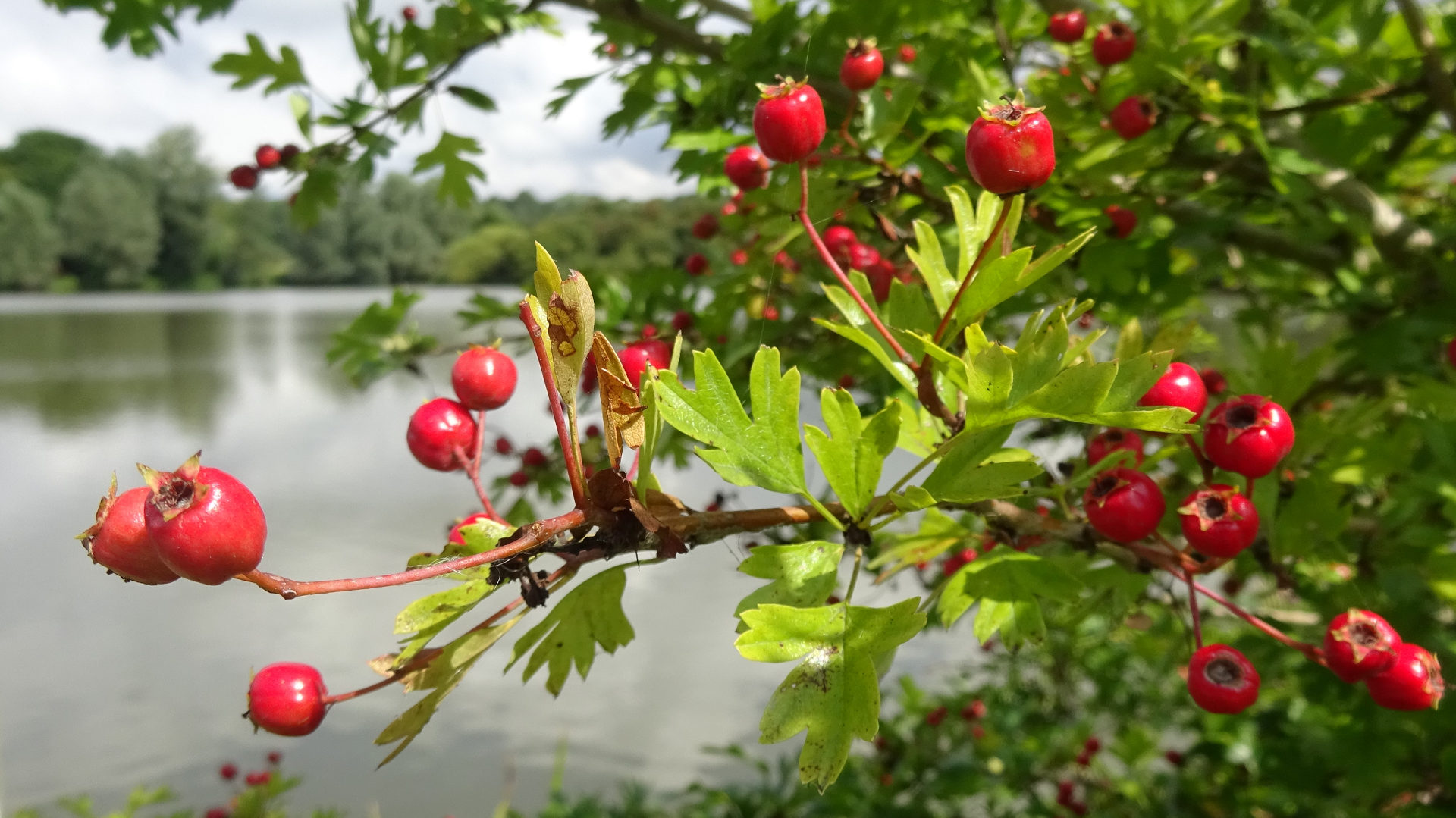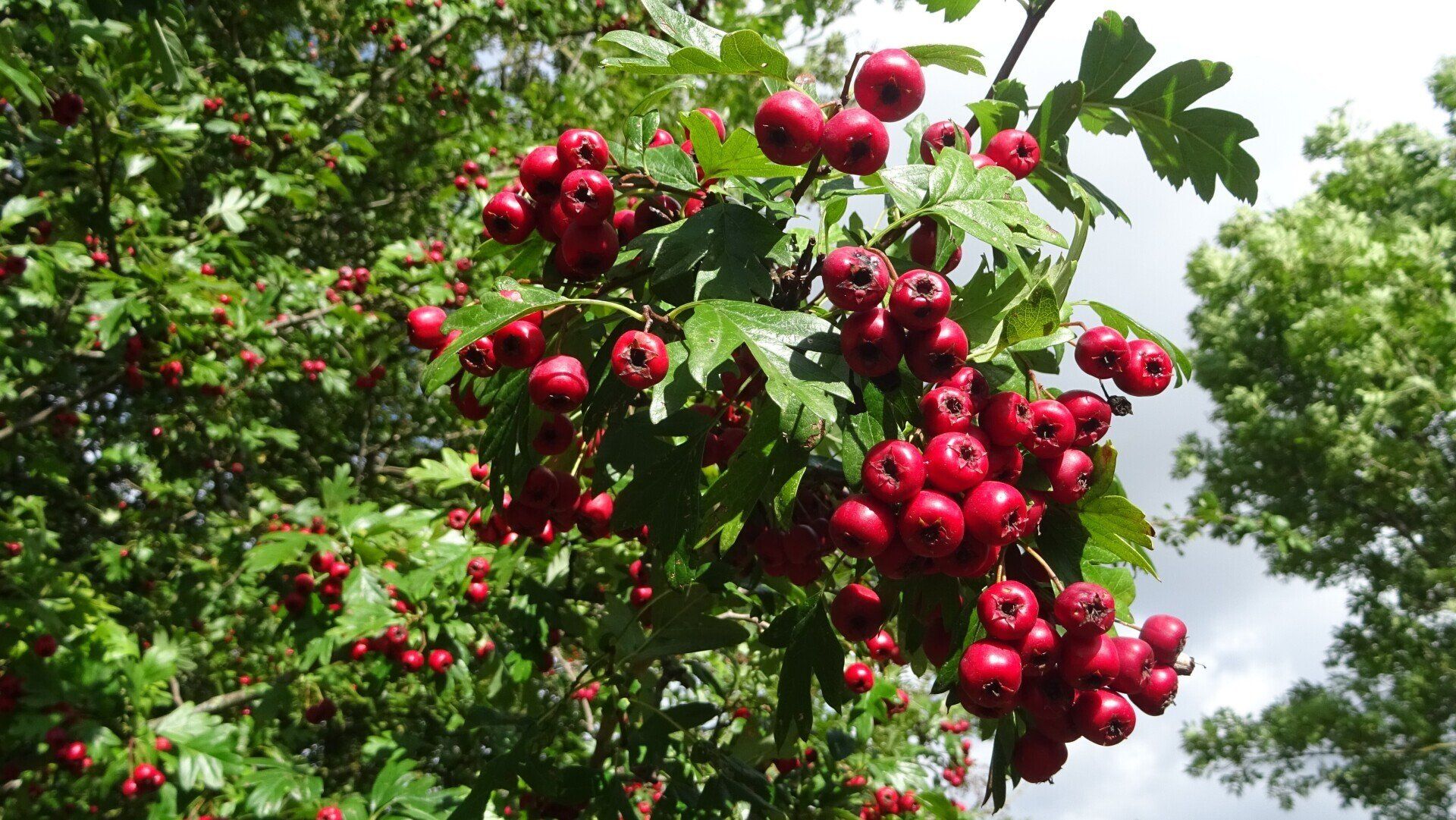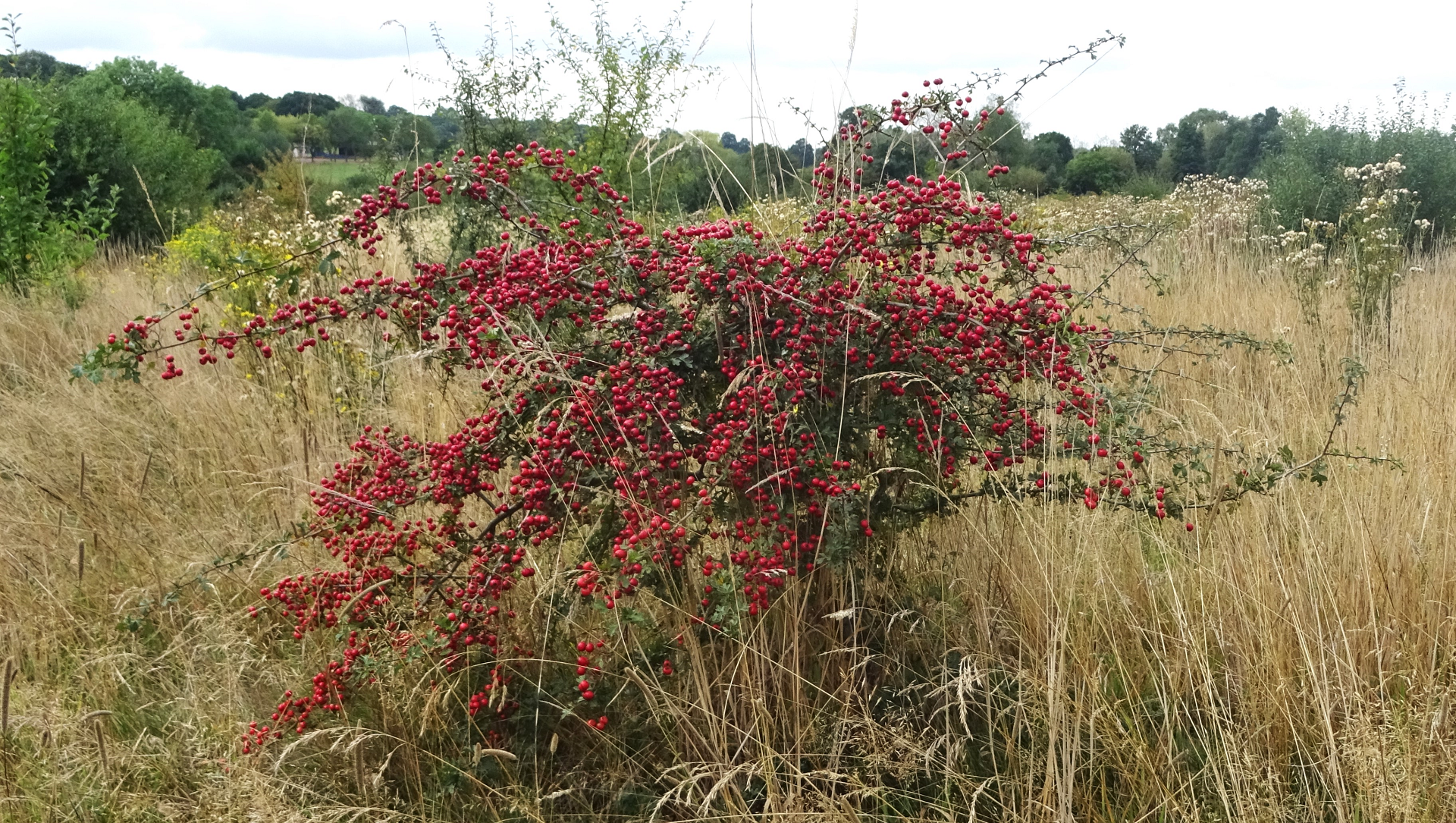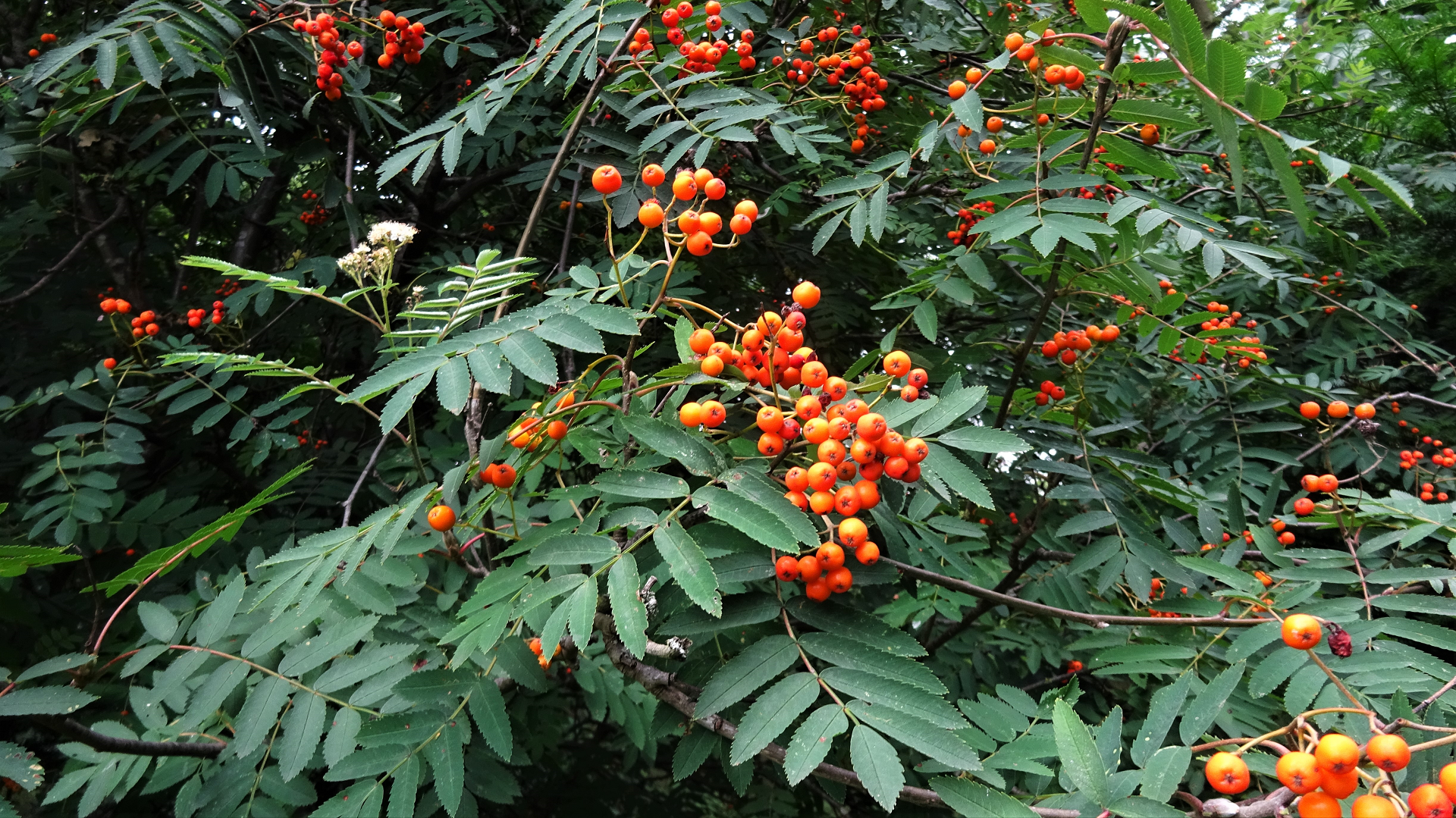WILDFLOWERS
ROSE FAMILY
Dog Rose Rosa canina
Japanese Rose Rosa rugosa is an ornamental that originates from Asia and is not a native species. The Latin word 'rugosa' means 'wrinkled', referring to the wrinkled leaves. It uses suckers to form new plants from the roots creating dense thickets. This species was introduced to the forest when a hedgerow was built on Cabin Hill. Its fruits known as 'Hips' resemble cherry tomatoes about 20–30mm diameter. Flowers and fruits are often produced simultaneously.
Creeping Cinquefoil Potentilla reptans is a creeping perennial that grows to a height of 10-15cm. This limp-stemmed plant spreads by using long rooting runners. Its five-petalled notched yellow flowers measure 12-25mm across. The palmate leaves are normally divided into five toothed leaflets.
Herb Bennet
Geum urbanum is also known as Wood Avens. It is a perennial which grows in shady places and often seen along the edge of the forest footpaths. It usually grows to a height between 20cm and 60cm and flowers appear from May to August.
Cherry Plum Prunus cerasifera is one of the first trees to blossom in the spring. It produces small, white showy flowers.
Bird Cherry Prunus padus has white fragrant five-petalled flowers that normally appear during April, they provide an excellent source of pollen and nectar for insects. The black (or dark red) bitter berries that form after the flowers are enjoyed by birds and mammals, however they are not suitable for human consumption. The smooth greyish-brown bark has an acrid, unpleasant smell and because of this was once placed on front doors to fend off the plague.
Blackthorn Prunus spinosa blossom usually appears after Cherry blossom and before Hawthorn blossom. The three blossoms are very similar in appearance. The blue berries that grow on Blackthorn bushes are known as 'Sloes'.
Common Hawthorn
Crataegus monogyna is the commonest hedgerow shrub. Its edible berries are known as 'Haws'. They can be used to make jams, jellies and wine. The seeds should not be eaten raw.
Rowan Sorbus are mainly small trees,10–20 metres tall. The small, orange or red pomes, measure 4–8mm in diameter. They are soft and juicy, which makes them an excellent food for birds which spread the seeds in their droppings.
© hainaultforest.net. All rights reserved.



